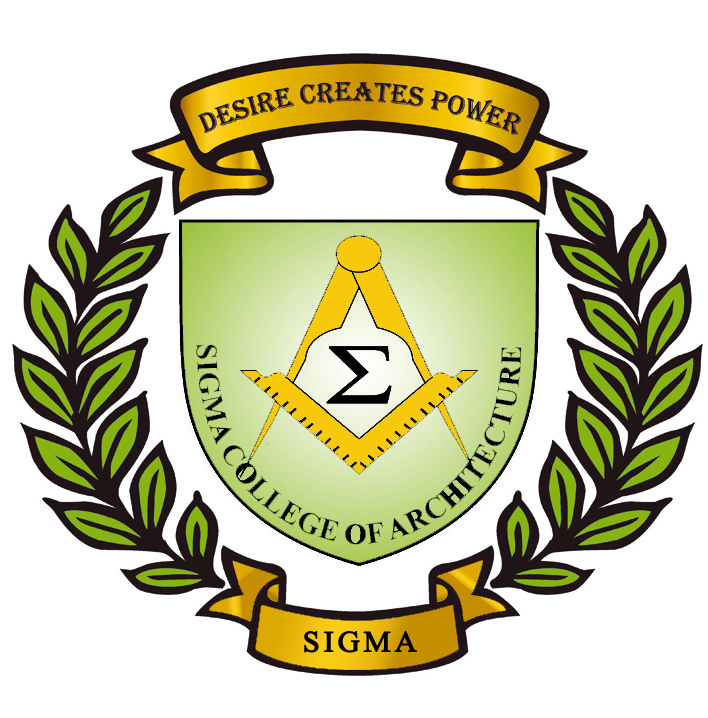Basic Design Studio
Student-centered perspective in Design Studio
“Imagination creates things that can be or that can happen, whereas fantasy invents things that are not in existence, which never have been or will be.” (S. Constantine. - 1984)
The design studio is a place of intellectualization, communication, transition, interaction, sharing and participation besides games and fun. In studio, designers express and explore ideas, generate and evaluate alternatives, and ultimately make decisions and take action. In architecture, the studio is king: it is where the knowledge about buildings is applied, and it is where the act of designing—generating, evaluating, and developing alternatives—is learned and practiced.
Aesthetics, Basic Design and Creativity are the ABC of any design. Basic Design- the Basics of design and rightly called the “Mother of all Designs”. Its voyage begins with basic fundamentals and culminates in Spatial Perception. Spatial perception can be perceived and experienced very fascinatingly by the students during their first year.
“Design is an Expression of Feeling........Any Creative Act is Design”. (Emerson - 1953)
Design process is a thinking process and the process adopted must generate creative thinking. Creative thinking involves visualization which is the skill and ability to convert vision into visuals. The element of creativity can be nurtured if creative stimulus is introduced and the technique of problem solving is explained. (MASA-2010)
“The effect of design is to initiate change in man made things.” (Jones- 1980)
The purpose of design education is to release the mind from the set pattern and squash on paths unknown. The objective is to promote students towards analytical abilities, visualization, communication and representational skills.
Approaches To Design Pedagogy
When a Creative spirit stirs, it animates a style of being a lifetime filled with desire to innovate, to explore new ways of doing things to bring dreams of reality. (De Bono- 1982)
Geoffrey Broadbent has described about design in his book Design in Architecture as
Iconic Design : Where repetition of an icon is so adopted that the community accepts it.
Analogic Design : When ancient buildings are used as an analogy to power preservation.
Canonic Design : When a geometric system is adopted such in the Greek Temples or as in Le Corbusier modular man.
The art of expression through visual grammar and aesthetics in architecture concerns with the philosophical difference between the two sentences:
“Spaces in architecture,” and “Architecture in Spaces”.
Every three dimensional composition has architectural Qualities, deals with the placement of objects in spaces, either outdoor or indoor or deals with the division of spaces.
Architecture is actually a the art of space arrangement but any work of building construction which has livable space need not have architectural qualities, but knowledge of building construction is necessary to build all architectural spaces.
We educate our students that the relation between subjects of Basic Design, Architectural Design and Building Technology, as an integrated trio with inputs from other subjects to enhance the understanding of space.
“Basic Design” can be improved by inquisitiveness and practices than, by the theoretical content of the subject and this form of teaching and learning widens the creative courage of the student. Basic Design studio assignments help to unlock the students’ creativity and enhance the spatial perception. The tangible outcome of these extensive studio assignments is, to corroborate the perception of space in architectural design.
To elaborate and enhance the process of Creativity, project based studio experience is essential.
The attributes to augment creativity are Creation, Creativity & Motivation, Psychological qualities, skills & behavior for creativity, Role of experience & memory in design, Role of Fantasy, imagination & reality in design.








